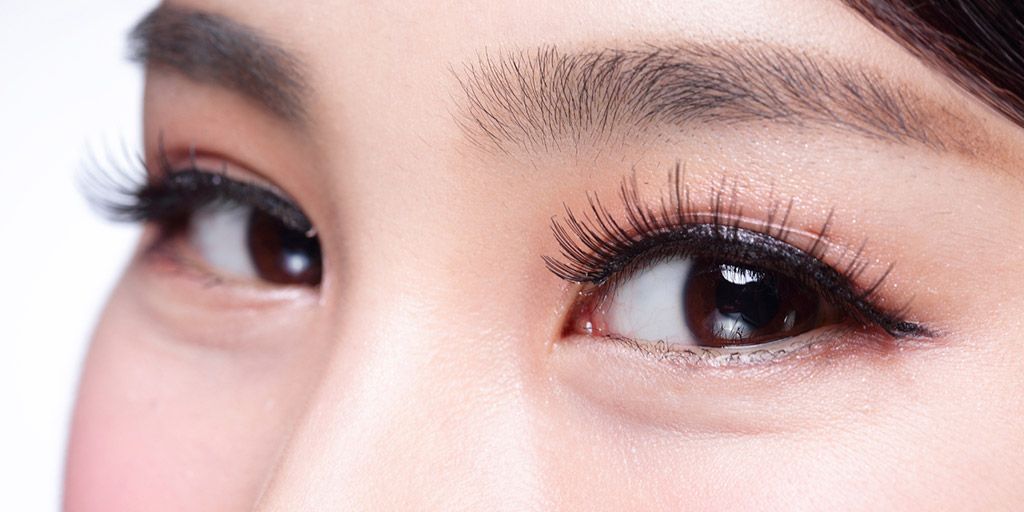Lower eyelid surgery is done primarily to remove bags and dark circles under the eyes. It may also be performed to correct lower eyelid scarring after trauma or to raise the eyelid margin in cases of retraction. The medical term for this surgery is lower eyelid blepharoplasty. This is an outpatient surgery that requires mild sedation, although it may be performed with local anesthesia in certain patients.
It is important that understand that lower eyelid surgery tends to produce significant swelling and bruising. The reason is simple: lower eyelids have a very rich blood supply. When a surgeon operates on an area of the body with a rich blood supply there is always some degree of bruising. This has bearing on a patient’s decision to have surgery. When considering lower eyelid blepharoplasty, most people are concerned about the downtime. Patients want to know how many days they will need to take off from work. They also want to know if there is anything they can do to speed their recovery and shorten the period of swelling and bruising. Fortunately, there are many ways to expedite the recovery period after lower eyelid blepharoplasty.
Different ways to reduce swelling and bruising after lower eyelid surgery
The first thing you can do to reduce swelling and bruising is to prevent excessive bleeding during the operation -yes, you do have an influence on how much bleeding there will be in your operation- by discontinuing blood-thinning medications and vitamin supplements, such as vitamin E, at least two weeks before your procedure. These drugs can make the surgery very bloody because they affect clotting mechanisms. The more you bleed, the more your tissues will swell. At the same time, a patient who bleeds a lot during surgery will have significant bruising. Your surgeon will send you a list of medications and supplements that you should avoid before your operation. It is important to note that some medications cannot be discontinued without the consent of a person’s treating physician, for example, warfarin in a patient who has heart stents.
Once you have had your surgery, you can reduce the amount of swelling and bruising by avoiding heavy lifting and strenuous exercise for at least seven days. Some surgeries require longer downtime that others. You may have to stay away from the gym for at least two to three weeks after an endoscopic brow lift. On the other hand, you can go back to your normal activities five days after an upper eyelid lift. In either case, you should let your body dictate when to resume your exercise routine.
Finally, there are many therapies that can help the bruising disappear and decrease the period of swelling. Lymphatic drainage is a good way to curb the swelling. It takes more than just a few sessions but the results are worth the time. Magnetotherapy seems to have beneficial effects on blood flood and will, in some cases, shorten the period of bruising after eyelid surgery.
In summary, you can help your recovery process even before surgery takes place by following the doctor’s recommendations and avoiding certain medications. After surgery, you can reduce swelling by avoiding heavy lifting and waiting a few weeks to resume you exercise routine. Keep in mind that a few weeks of rest will help you achieve the best results. Let your body heal and try to relax!











 |
|